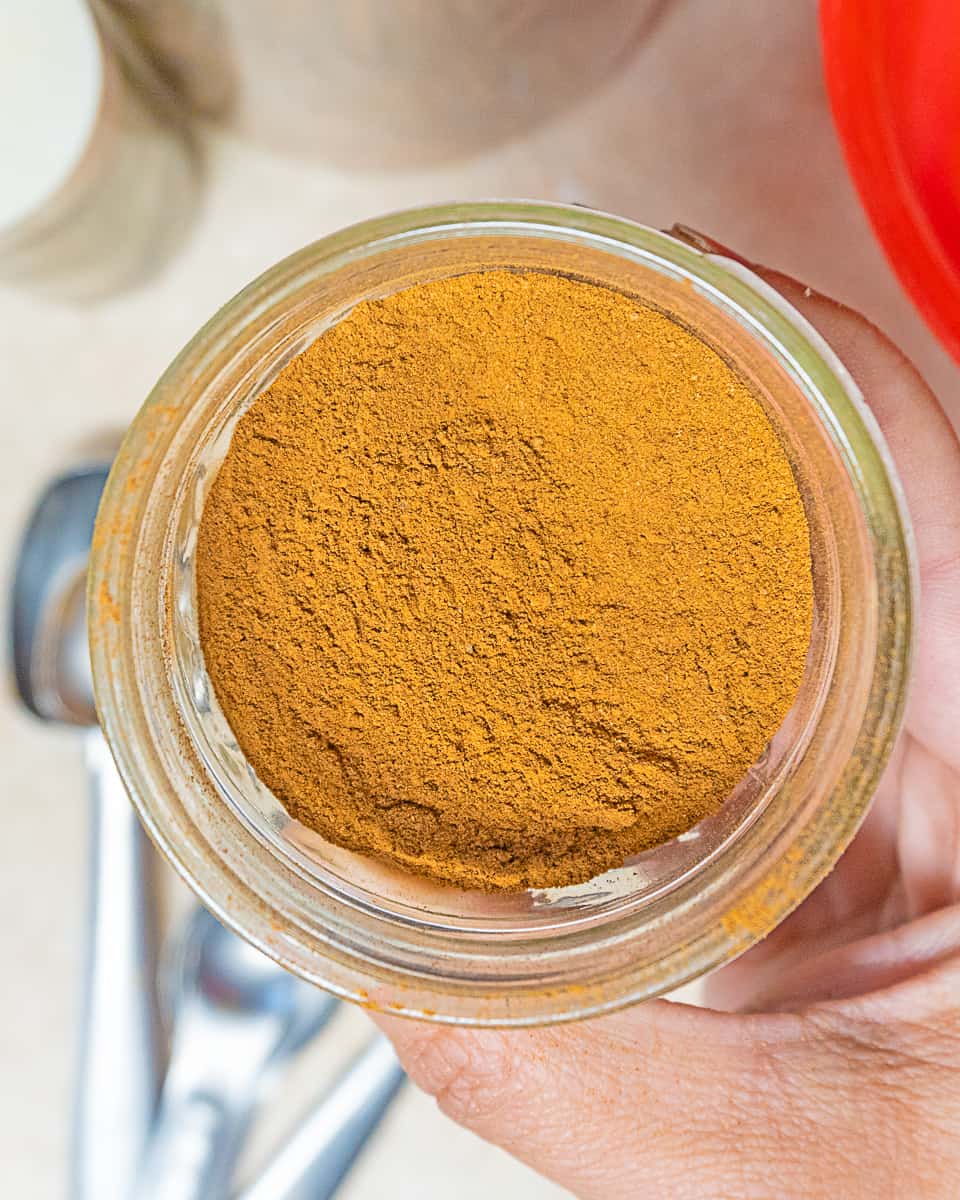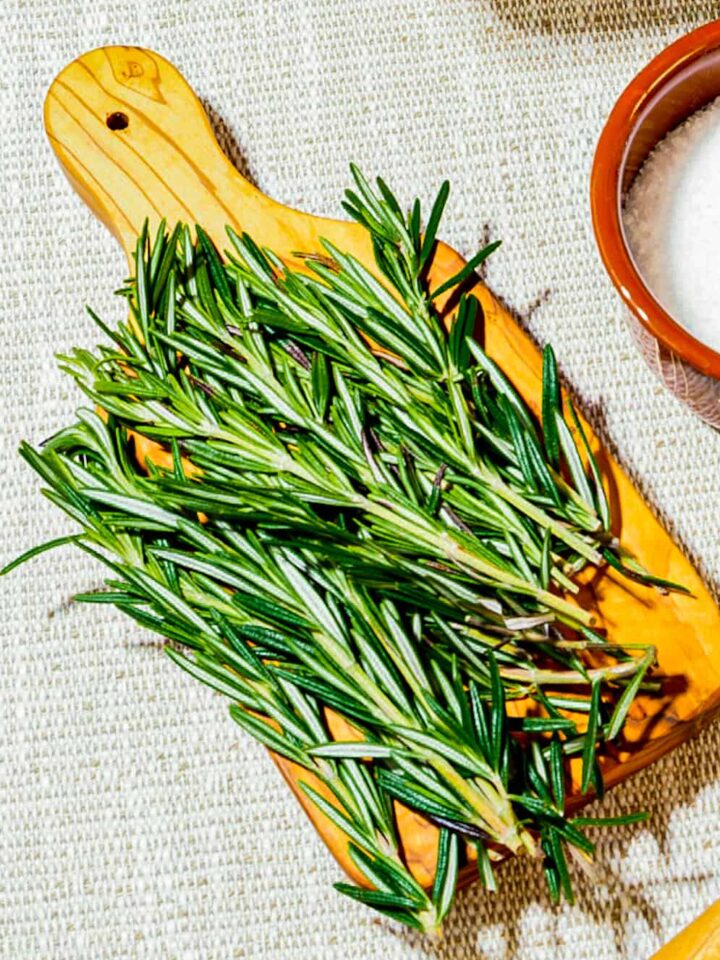Spices can be such a mystery to many people trying to create a meal with an enjoyable flavor. What tastes good with what food? Spices don't look appetizing enough to have a spoonful to see how they taste. How they taste naturally is different when cooked in a meal. Let's talk about some facts and some essential spices for pantry cooking.

Here is the first thing you need to know about spices… they are very different from herbs. Spices come from fruit buds and berries, plants' roots, seeds, and barks, whereas herbs come from plants' flowers, stems, and leaves. Spices in the complete form are good for two years on the shelf, while ground spices last about six months. You should grind spices as you use them to maximize the flavor intensity.
If you've got herbs on your mind, check out the lists of common herbs to grow or stock up on and ways to use herbs in cooking.
Let's look at common spices people blend with specific foods to enhance their flavor.
Allspice
This is a dried berry that has a strong, sharp, sweet flavor with a kick of pepper to it. It is great in pickling and prepared meats giving sausage and jerky their defined flavors. Allspice is great in sweet desserts such as cakes, pies, and cookies. It adds sweetness to barbeque sauces, chili, and stews. It is frequently combined with dishes that call for nutmeg and cinnamon. Its sweet punch makes it quite universal for adding flavor to many dishes.
Cayenne Pepper
It is generally added to sauces to make them hot. However, if you have a taste for spicy hot foods, then you can mix this in anything you want to have a hot zing to.
Ginger
Ginger is used to add a little sweeter taste to food. It is used in baking cookies, cakes, and candy. Ginger is used in curry, seafood, vegetable, and chicken dishes. It is also popular in tea. Many traditional Japanese and Chinese dishes have ginger in them.
Cumin
This spice has the distinction of being the second most popular in the world, right behind pepper. Cumin adds a bit of bitterness to stews, soups, curry dishes, chili, bread, and lamb. It is also used in many Mexican dishes.
Carraway Seed
Adds a licorice-type flavor to foods. It is used in bread, casseroles, cakes, and curry dishes and is added to certain cheeses. Carraway seeds have a strong taste in sauerkraut and rye bread. It can also be used in place of lemon or orange.
Celery Seeds
If you don't have fresh celery on hand, celery seeds will make a good substitute. Celery seeds are used for cocktail drinks such as Bloody Mary. Celery seeds are a popular ingredient in homemade salad dressings. Mix it in your mayonnaise for tuna salad, chicken salad, etc. Add it to casserole dishes, meatloaf, and spaghetti sauces.
Paprika
Although it is used for garnishing and adding color, paprika still gives your food a bit of a peppery zing. The flavor is enhanced when cooked. It is used in sausage preparation, soups, casseroles, rice dishes, and stews. It can be added to any dish; you may want more color and a peppery spike.
Only some enjoy the same spicy flavors added to their foods. Experiment with these essential spices for pantry cooking and find your favorites. Many foods can be enhanced with a combination of several spices blended together.






Comments
No Comments